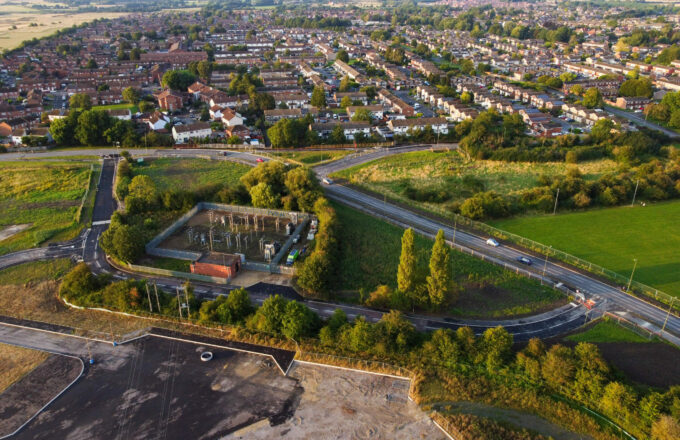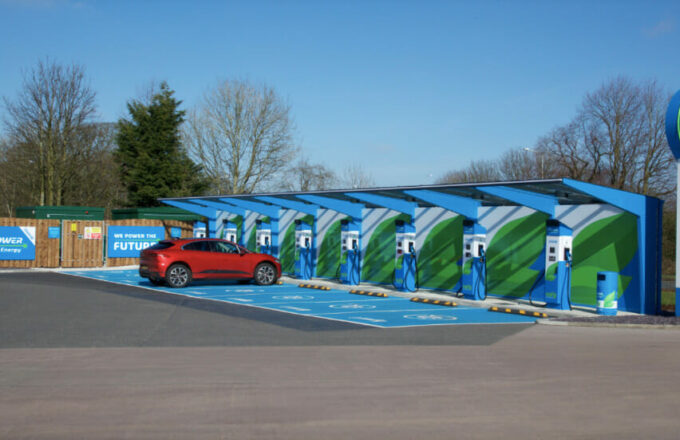National Grid ESO looks to simulation for future direction
National Grid Electricity System Operator (ESO) has entered into a multi-year agreement to use Energy Exemplar’s PLEXOS software. PLEXOS is a specialist energy market simulation platform and it will be employed, within a three-year contract with two one-year optional extensions, to identify future grid expansion to support a carbon-neutral power system.
The software platform will support offshore network modelling for proposed wind farms, model and help minimise the probability of outages, and provide a higher level of integration and automation of current processes to National Grid ESO.
Within the agreement, Energy Exemplar will be including its full European datasets to enable analysis of the integration of the UK into the neighbouring European energy market. This new data modelling tool will help to shape coming versions of the Future Energy Scenarios, which set out potential pathways to net zero by or before 2050.
PLEXOS will also help shape National Grid ESO’s annual Network Operations Assessment report. This makes recommendations for which transmission system reinforcement projects should receive investment.
Reasons given for PLEXOS’s selection include its versatility, granularity (which includes supporting nodal modelling), co-optimisation of power and gas, and its scalable cloud computation infrastructure.
Michael Schneider, Senior Vice President and Head of EMEA at Energy Exemplar, said that the next few years will be crucial in terms of laying the foundation of transition and the ability to integrate new technologies at scale: “Our PLEXOS software will provide a key capability to support the continued and proud tradition of UK energy innovation which started in 1881, when Britain provided the world’s first public power supply in Godalming, Surrey, with energy generated from a water wheel.”
Iain Shepherd, Enhanced Network Capability Development Manager at National Grid ESO: “PLEXOS will further strengthen the analysis the ESO undertakes to identify the optimal pathways to net zero and will support the ESO in assessing the optimal pathways for future network infrastructure decisions, ensuring that we can continue to deliver a network that is secure, reliable and delivers value for consumers as we move towards net zero.”
Learn more

- Article
- Industry News
Grid problems caused by renewables boom in North Macedonia

- Article
- Industry News
SSEN announces its latest and biggest flex services initiative

- Article
- Industry News
UK Power Networks/Motor Fuel Group tie-up speeds up forecourt electric charging

- Article
- Industry News
- Other